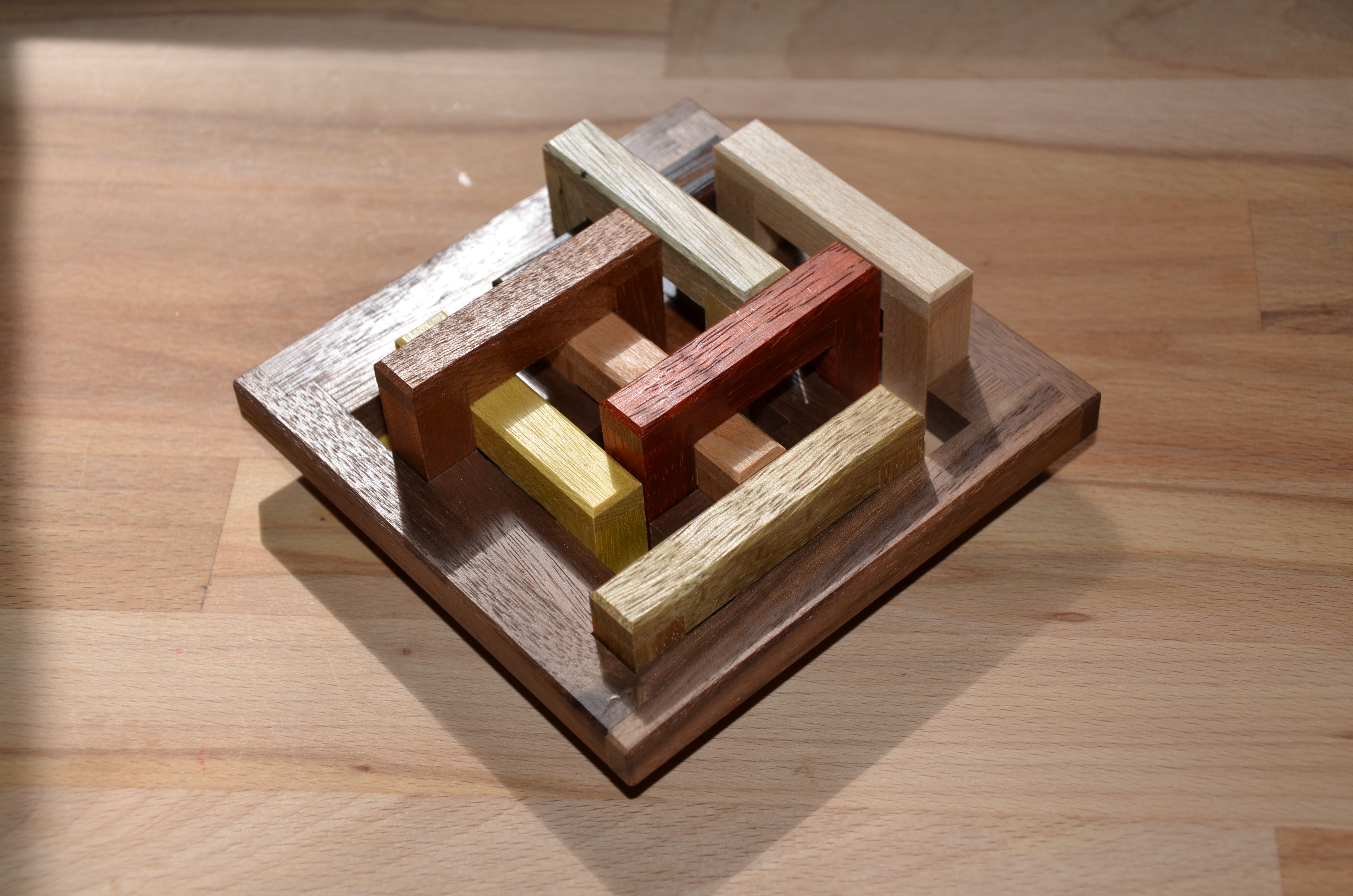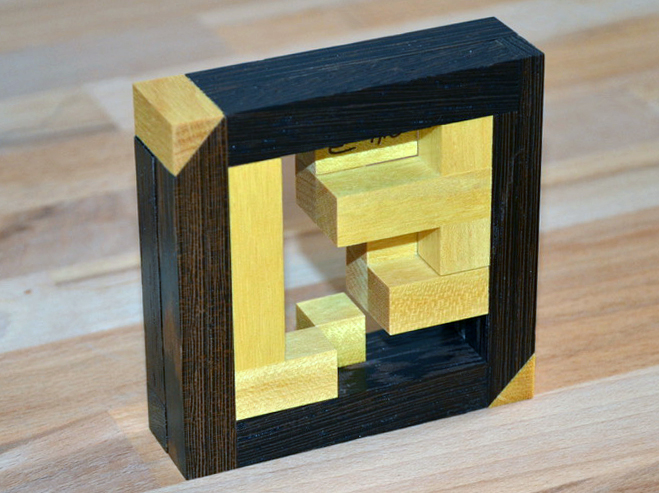entanglement
-
Read More: Notes – Tamas VanyoThis week, I’m working with Notes, designed by Tamas Vanyo and created by Eric Fuller…
-
Read More: 2 Rings – Chi-Ren Chen2 Rings is a puzzle that was made by Eric Fuller and was sold back…

